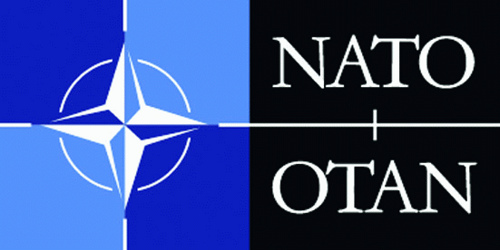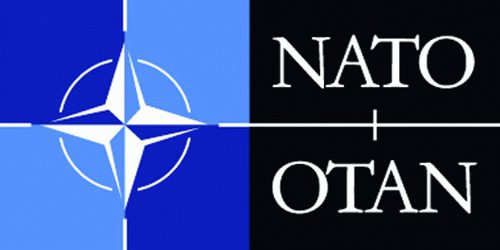It has become popular in recent years to argue that NATO is no longer serving the interests of either the Europeans or the Americans. Many of these arguments end with the suggestion that the European Union should take over responsibility for defense of European interests, variously accomplished by the United States withdrawing from NATO and “Europeanizing” the alliance or making the alliance a bilateral US-EU operation. For those of us old hands who followed the burden-sharing debate for several Cold War decades, these arguments hark back to Senator Mike Mansfield’s attempts to “shock” the Europeans into making more defense efforts by pulling all US troops out of Europe.
But the Alliance has survived many predictions of its demise over the last six decades and there is good reason to think that it has become a “permanent alliance” between the North American and European democracies, one that is providing the core for broader cooperation among democratic states around the globe.
This transatlantic bargain not only runs counter to some views of where the process of European integration is headed; it also flies in the face of American tradition. America’s founding fathers had seen enough of European intrigues and involvement in attempts to establish the United States of America. In 1796, George Washington announced in his “Farewell Address” that he would not run for a third term, which at that time the constitution permitted. Most of Washington’s address was dedicated to domestic questions, but his words on foreign relations linger as the most memorable. Washington cautioned “Europe has a set of primary interests which to us have none, or a very remote relation.. . .Why, by interweaving our destiny with that of any part of Europe, entangle our peace and prosperity in the toils of European ambition, rivalship, interest, humor or caprice? It is our true policy to steer clear of permanent alliances with any portion of the foreign world;. . .Taking care always to keep ourselves by suitable establishments on a respectable defensive posture, we may safely trust to temporary alliances for extraordinary emergencies.”
Thomas Jefferson, in his 1801 inaugural address, added his own exclamation point to Washington’s warning, proclaiming that the United States should seek “peace, commerce, and honest friendship with all nations, entangling alliances with none.” This early policy of non-interventionism reflected the fact that this was a young democracy, filled with potential, wary of the ways of the “old world” and concerned about potential threats from stronger European powers. Washington’s and Jefferson’s pleas for peace and commerce with other nations but no involvement in power balances or alignments accurately reflected the national interests of this revolutionary American project.
This policy proved incredibly persistent, largely because subsequent experiences with European powers, particularly Great Britain, confirmed the potential threat and the need for commerce and peace with all other nations to allow the dynamic process of growth and expansion to take place from America’s Atlantic coast to the Pacific. Very little that happened in Europe in the nineteenth century suggested that the founding fathers had been wrong. The United States kept clear of the European alliance machinations and wars. British Foreign Secretary Lord Palmerston seemed to confirm the wisdom of the American choice when he declared that “Nations have no permanent friends or allies, they only have permanent interests.”
In the twentieth century, the United States was forced by events to abandon non-intervention in European affairs as it joined the fight against the axis powers in World War I. However, the continuing strength of isolationism was demonstrated when President Woodrow Wilson was unable to convince the US Senate to give its advice and consent to ratification of the League of Nations treaty.
Three decades later, America’s critical involvement in World War II convinced a majority of Americans that the United States could no longer stand aside from international affairs. The Senate approved the United Nations Charter and then, facing the perceived threat from a communist Soviet Union, gave its advice and consent to the North Atlantic Treaty, not only involving the United States in a treaty with European powers, but installing it as the leader of the coalition.
For many Senators who voted in support of the North Atlantic Treaty, the commitment presumably was viewed as consistent with George Washington’s loophole: that the United States could engage in foreign commitments “for extraordinary emergencies.” Over sixty years later, however, the “emergency” is certainly over, but the alliance continues. Does this suggest that the transatlantic bargain has become an unbreakable Euro-Atlantic contract?
In future essays, we’ll look to how the Alliance has survived the end of the Cold War (its original raison d’être), the tensions of the Bush era, and why it will survive the challenges of Afghanistan and beyond.
Stan Sloan is the founding Director of the Atlantic Community Initiative. This article is adapted from his forthcoming book, Permanent Alliance? NATO and the Transatlantic Bargain from Truman to Obama (Continuum Books, 2010).
Image: NATO-OTAN_0.jpg

